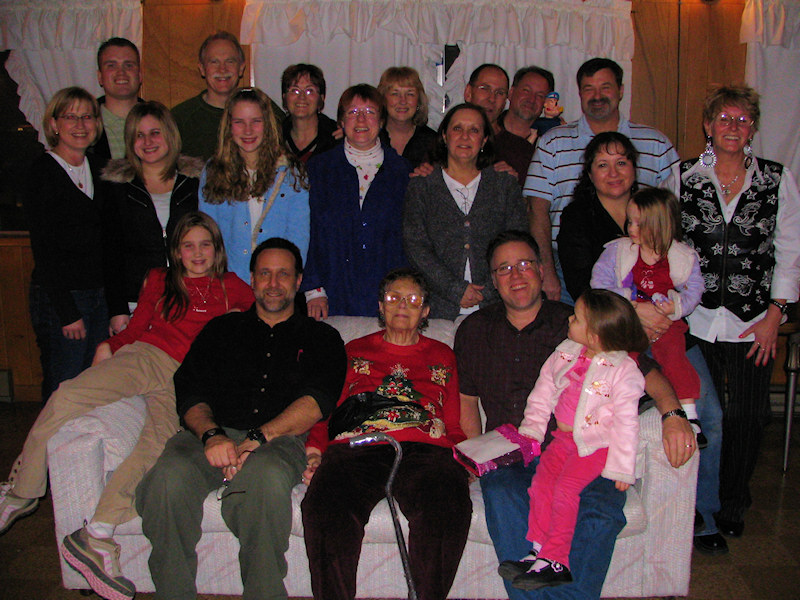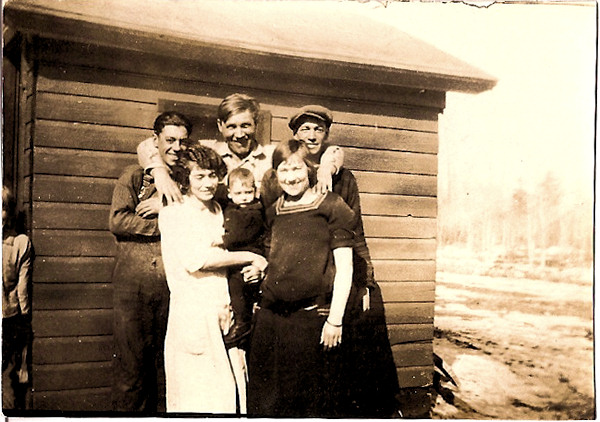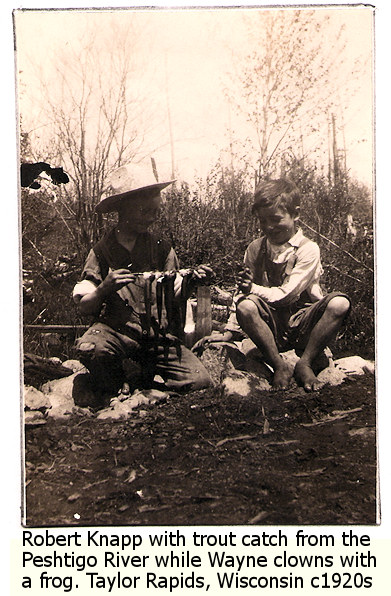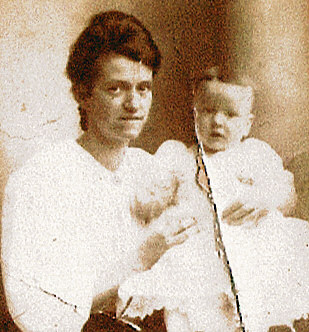In an interesting article on The Genealogy Clinic, Genealogy Education blog offers an explanation of a Genealogy Clinic:
A clinic is one way to follow up a lecture by providing individual consultations on individual research problems. Let’s say that I am coming to your community to do a one-day workshop…I ask the client to come prepared with a clear statement of the problem and what has been done to date. This boils down to,
* who are you researching- one person?
* what do you already know about him?
* what precisely do you want to learn?
* what have you looked at so far?
* what did these sources tell you?The client brings along any documents, pedigree charts, family group sheets, research logs pertaining to the subject of the search.
I then review the problem, ask clarification questions and make suggestions of sources, strategies, etc. the client might use.
Whether you are attending or planning a genealogy clinic, or beginning to search on your own, the questions offered are an excellent start to helping you build your own questionnaire file on your ancestors.
It’s important to always start with what you know and then ask yourself what’s missing or what you need to know to have this information make sense. By being specific with your questions, you can narrow your focus and speed up the research. You focus and don’t waste time chasing tangents.
That’s good advice.
Most Recent Articles by Lorelle VanFossen
- The Myths and Mysteries and Hunt for Nicholas Knapp
- The Perpetual Calendar
- GenSmarts: Reminder to Not Assume
- Gensmarts Saves Your Family History Research Life
- Digging Through Historical Newspapers Online





